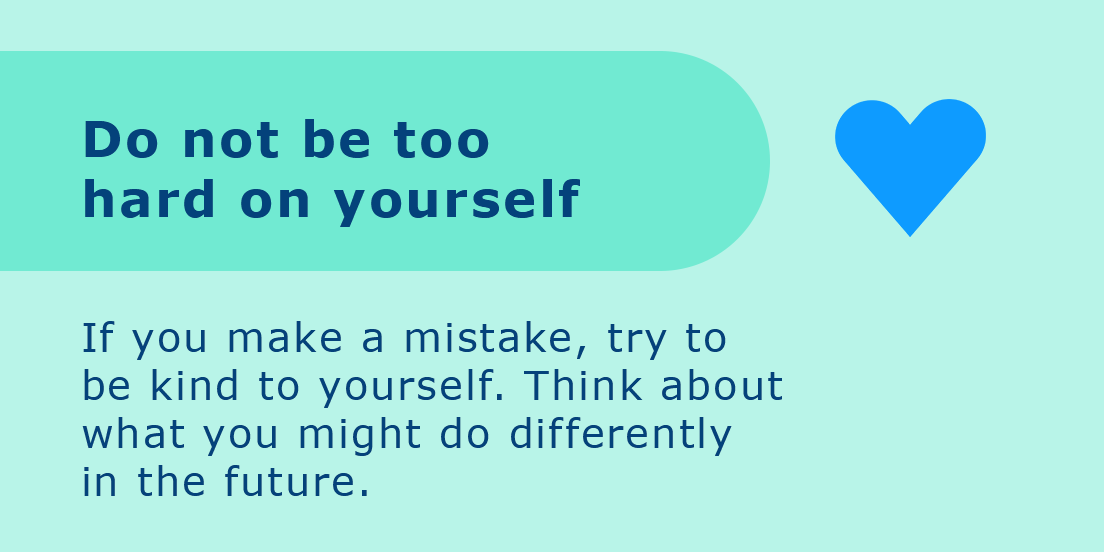Web Accessibility
Dissertation by Practice
6 months
Tools
Contribution
Project Manager | User interviews | Empathy maps | Context scenarios | Competitor audit | Ideation | Sitemap | Information architecture | Wireframes | High-fidelity prototype | Content creation |
My Role
Group
Project Manager | UX/UI Designer | Content Creator
Overview
Neurodiverse Workers Network is a website supporting neurodivergent employees and their employers. It provides research-based resources to meet workplace needs and helps employers create more inclusive environments.
Challenges
Amount of topics to be published
1.
Delicate approach towards audience
2.
UI accessible to different user needs
3.
Penetrate in the market and company’s culture
4.
Research
Academic
Bias perceiving neurodiverse people as “impaired” still exist.
Workplace struggles for neurodiverse adults is connected to a lack of training available for teachers at secondary and post secondary level.
Surveys
Surveyed 30 neurodiverse adults and 22 neurotypical adults.
The first survey shaped preferred content, social media, and accessibility features.
The second focused on neurotypical experiences with neurodiverse colleagues in the workplace.
Interviews
Conducted 6 separate interviews.
Interests included: interview tips, communication, stress management, professional help, training, and testimonials.
Preferred media: articles, videos, and audio.
Accessibility needs: homepage summary, clear navigation, text-to-speech, contrast options, and bullet points.
Consulted subject specialists for expert insights.
User’s pain-points
Excessive text and unclear content sections.
Challenges with reading and cognition.
Insufficient workplace training on neurodiversity.
Meet the users
Personas
Empathy Map
Scenarios
Though awareness of neurodivergence is growing, public resources remain limited.
How can we create a website that provides inclusive workplace resources for both neurotypical and neurodiverse individuals?
?
Problem
Solution
Create a website that offers accessible information for the neurodiverse community and the wider neurotypical workforce, supporting a more inclusive work environment.
Competitor audit
Research found no direct competitors offering free, accessible advice for neurodiverse working adults in Ireland.
Listed companies are indirect competitors, focusing on specific neurodiverse conditions.
Style guide
Colours
An analogous color palette was selected to minimize overstimulation for neurodiverse users.
Design guidelines include using 50%-80% opacity for dark graphics or text on colored backgrounds to enhance readability.
Typography
Primary colours
#04427b
#00ae34
Secondary colours
#005324
#99ff42
Neutral colours
#000000
#ffffff
#0e9bff
#71ead2
All of the original colours on the colour palette passed visual contrast checks on the website colourcontrast.cc, for use with black or white coloured fonts.
Verdana, a simple and easy-to-read sans-serif font, was chosen for body text and headings.
As per research, it helps reduce mental fatigue and improve information retention.
Its clear lowercase ‘b’ and ‘p’ enhance visual accessibility both on screen and in print.
Accessibility Features
Use of accessible WordPress themes and plugins to meet WCAG 2.1 guidelines.
Plugins for adjustable text sizes, fonts, and colour contrasts.
Theme and content are compatible with screen readers.
Wireframes
Completed UI sketches and low-fidelity wireframes, then developed an interactive prototype.
Made improvements based on testing feedback.
Testing
Two users, a neurodiverse and a neurotypical participant, completed tasks remotely via phone and Instagram video chat.
Both flagged confusion with the ‘registration’ button linking to a popup, unsure why registration was needed to access content.
Takeaways
We used a user-centered design approach, conducting surveys and interviews to create empathy maps, personas, and scenarios.
After defining the problem, we audited competitors and sketched ideas.
We developed sitemaps, wireframes, and an interactive prototype.
Ongoing research and testing guided continuous improvements.
Content
The choice of media was based on thorough research, considering:
Audience preferences: Identifying the main channels and formats most consumed by the target audience.
Accessibility guidelines: Ensuring all content met inclusivity and usability standards and followed brand guidelines.
Credible sources: Selecting qualified and reliable resources to provide accurate information.


























